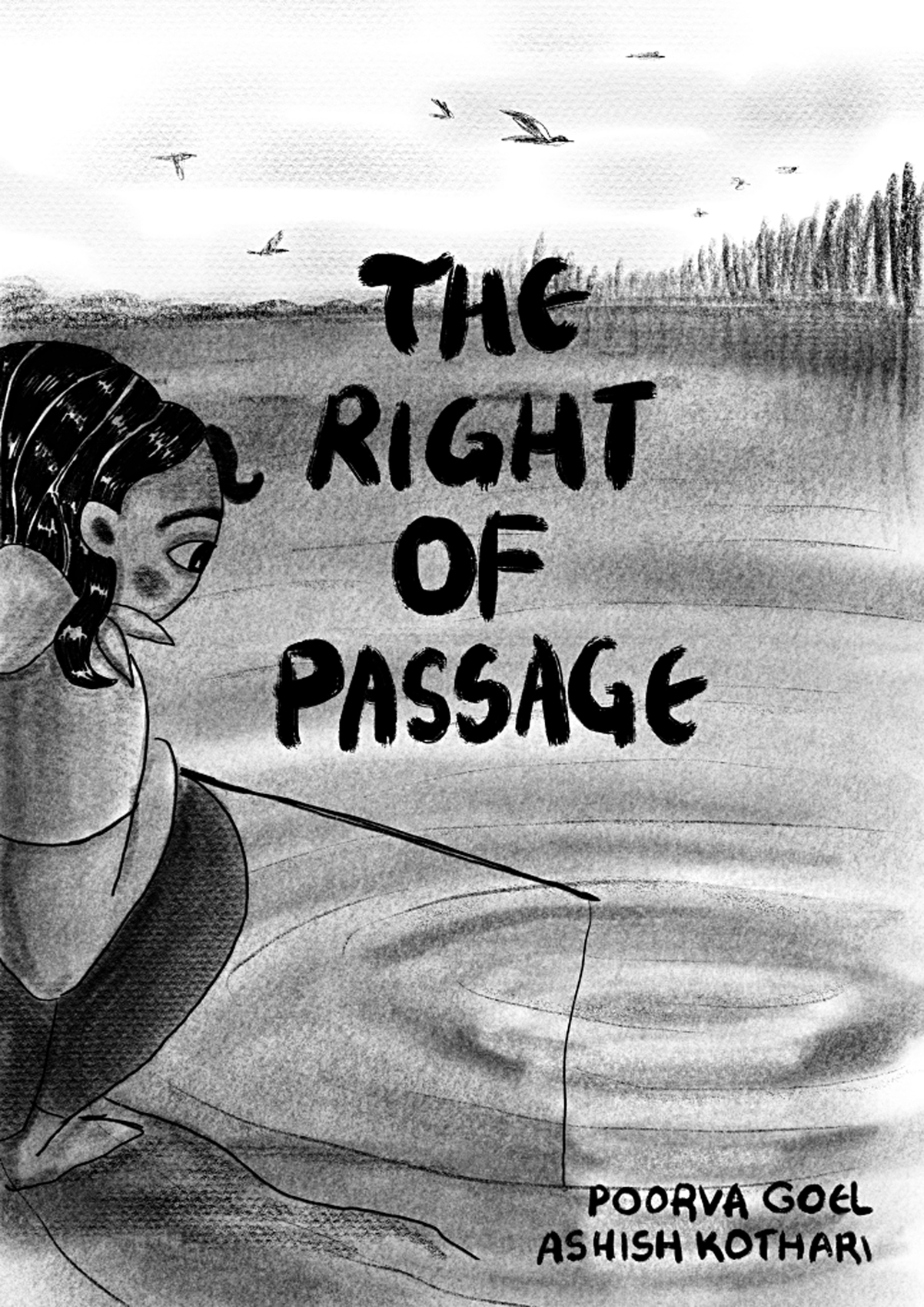The Right Of Passage
First published in Sanctuary Asia,
Vol. 42
No. 2,
February 2022
Reviewed by Francesca Cotta
With improved technology and a much greater appetite among the young for books to remind them of the wonderful biosphere in which they live, it is heartening to see how many new, high-quality publications are emerging from within India. Here are the books that Sanctuary believes should be in every public library and in the homes of all those whose hearts beat to nature’s drum.
The Right of Passage is a short comic about a village called Tama, rising up to protest the damming of their river by a government agency. One day, Deepu, a young girl from the village, falls into the river while fishing with her family. At the river’s bottom, she encounters the spirit of the river, who tells her that her million year journey, which shaped the land’s topography and nourished countless beings, will come to a halt if Deepu doesn’t take action against the dam soon.
When Deepu returns to consciousness, she speaks with urgency about the need to save their river and village from being submerged. At first, the villagers dismiss and ridicule her for speaking against the great promise of ‘Vikas’. But then, she finds an ally.

The Right Of Passage
By Ashish Kothari and Poorva Goel
Illustrated by Poorva Goel
Published by Kalpavriksh and
Right of Rivers South Asia
Available for free download at
www.kalpavriksh.org
The story is a straightforward one, with simple artwork in black and white. Due to the simplicity of the message, the story at first may seem implausible. Can a young girl really become the consciousness of an entire village, inspiring its people out of their apathy to protect their true wealth? Those who have been a part of people’s movements will confirm that it does really take a few voices speaking truth to power to bring about change.
A striking line in the story is when a village elder says, ‘We must support this girl in her fight.’ One might ask why older and more seasoned community leaders could have not taken up the fight, given the enormity of what was at stake. But there is wisdom in entrusting leadership to young people, and power in the intergenerational solidarity that emerges when they are supported by their elders.
The writer-artist duo say that this story has been partly inspired by the Uttarakhand High Court’s judgement, in 2017, that declared the Ganga and Yamuna rivers as ‘legal persons’ with all corresponding rights, duties and liabilities of a living person. The story is also based on real-life anti-dam and other grassroots resistance movements across India.
In this age of the commons steadily being privatised by a few for large profits, stories about how people’s movements come to be need to be more widespread. The work of activism needs to be demystified for the public, which is why it would have been nice if the few lines on the National Alliance of People’s Movements and Vikalp Sangam at the end could have been expanded on in the comic form instead of appearing as a mere footnote.


